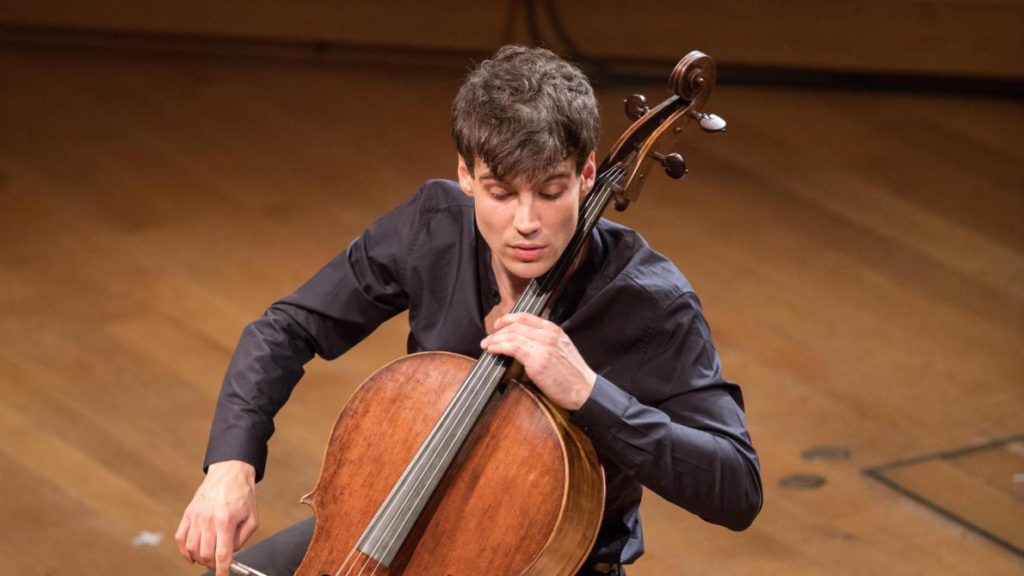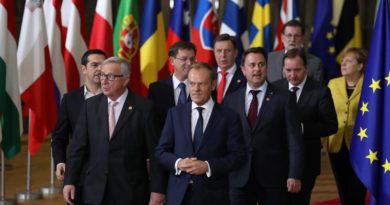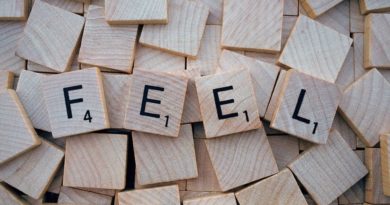Queen Elisabeth Cello Competition
Music is a passion and a form of art worldly known for bringing people together without the use of a common language or words: it works through emotions and the shared feelings expressed by the melodies. It is a unique form of art, that exposes everyone’s deepest thoughts and desires in a clear and sympathetic way, creating bonds and strengthening people’s relationships.
Among music lovers and artists, it is well known that one of the most important and prestigious achievement in the field is participating to the Queen Elisabeth Competition. The event aims precisely at presenting and underlining the power of music as a social connection and as a precious form of art and values, gathering every year the best musicians and offering a unique experience. The audience is always varied and from different backgrounds and fields; it is united by a common passion for music, talent and commitment to art.
The Competition has been developed since the beginning by Queen Elisabeth, and the royal family kept supporting it after her, recognizing and highlighting the importance of this form of art. Queen Elisabeth started the project in 1937, six years after the death of Eugene Ysaye, famous composer and violin player from Liège. The event was dedicated to the musician and for the first few years it brought his name; it was initially focused only on violin, to enhance its artistic value. After Queen Elisabeth’s death in 1965, Queen Fabiola, as Patron, and Count Jean-Pierre de Launoit -President of the Competition from 1978 to 2014 – developed the Competition and modernized it, obtaining financial independence and establishing solid foundations in society through sponsorship and via the media.

The focus of the event has been, since the beginning, the violin, but along the years other instruments have been added, like the piano -in the early ‘50s-, the voice -in 1988- or, more recently, the cello -2017. The four instruments are alternated in a four-year tour, meaning that every year the competition is dedicated to only one of them. This year, the competition (from the 8th of May to the 3rd of June) hosted the first edition of the cello contest, won by the French musician Victor Julien-Laferrière, who performed the compulsory commission by Toshio Hosokawa and Shostakovich’s First Cello Concerto with the Brussels Philharmonic conducted by Stéphane Denève. Some devoted fans of classical music complained that the concertos chosen for the event were not challenging or unusual enough, and that the judges had to take out many promising young musicians; nonetheless, they agreed on the fact that that enabled the competition to keep very fine instrumentalists, offering a tight and engaging last round.
The competition progresses and develops in central spots of Brussels and Belgium, fundamental in the history and cultural heritage of the city, and with a great connection with art. The first public rounds of the Competition were organized at the Royal Brussels Conservatory from 1951 until 2011, but since 2012 they have taken place at Studio 4 in Flagey. To prepare for the final round, train and focus on the performance, the artists spend a period of seclusion at Queen Elisabeth Music Chapel, in Waterloo. There, they work on the unpublished compulsory concerto they will have to perform in the final round. The finals take place at Brussels Centre for Fine Arts (Palais des Beaux-Arts). The building is one of Queen Elisabeth’s artistic projects: it was opened in 1928 and was designed by the great architect Victor Horta.
The Queen Elisabeth competition is not just a celebration of art, love for music and commitment to the subject. It honors a passion, a secret language of the feelings that people share every day; it is a remainder of what man is capable of, of the connections, relationships and emotions we can create and share without the use of concrete words and sentences.



